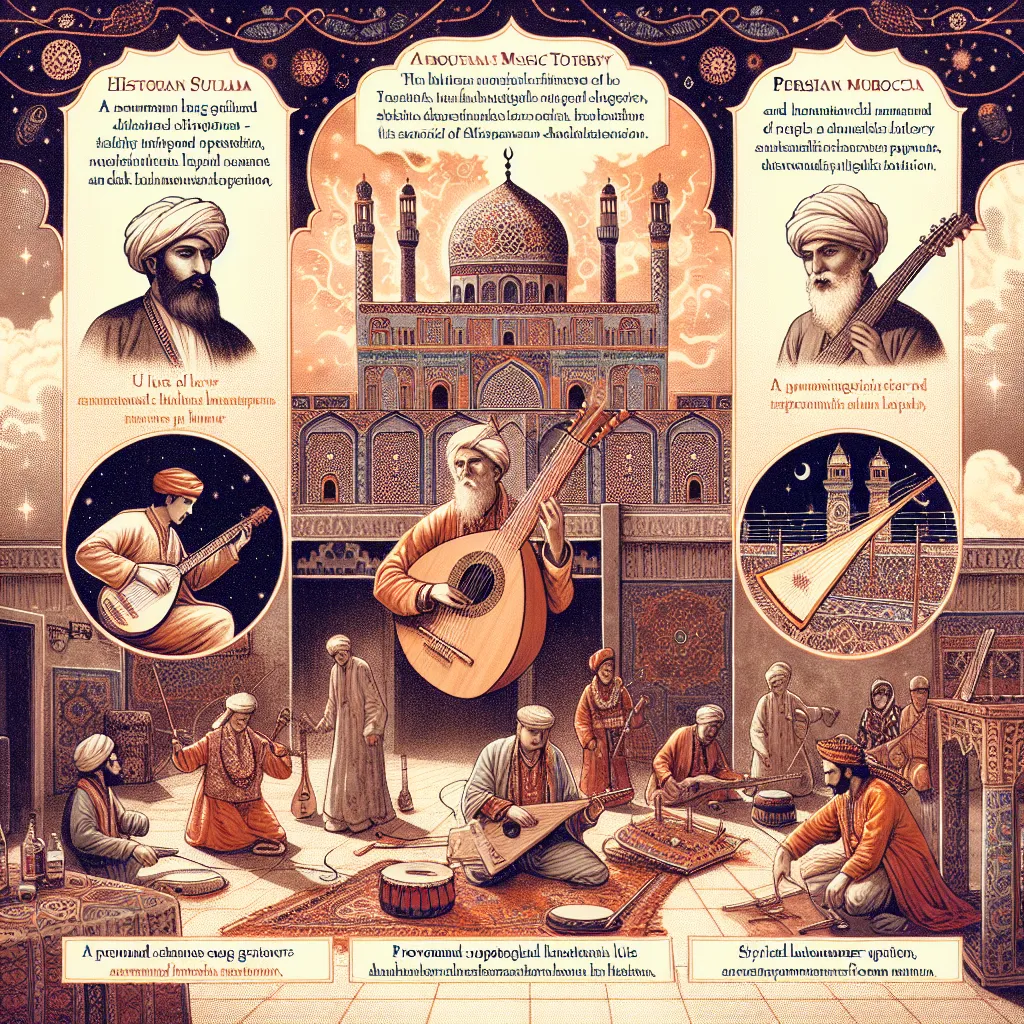In the intricate tapestry of human existence, few practices evoke as much curiosity and controversy as the Jain ritual of Sallekhana, a gradual fast unto death that embodies the essence of spiritual purification and detachment. This ancient tradition, rooted in the philosophical and spiritual tenets of Jainism, presents a complex interplay of religious freedom, personal autonomy, and ethical considerations that resonate deeply in modern societies.
At its core, Sallekhana translates to “thinning out” or “emaciating,” a process that involves the systematic renunciation of physical sustenance to achieve a state of spiritual clarity. This is not a hasty decision but a deliberate and well-considered choice, often made by individuals who feel that their external circumstances no longer allow them to practice Jain dharma effectively. It is a journey that requires meticulous preparation, both physically and mentally.
The practice begins with a gradual reduction in food intake, starting with the renunciation of solid foods, followed by fatty liquids, and then hot and pungent liquids, until the individual ceases to consume any liquids altogether. This fasting is accompanied by intense spiritual reflection, where the participant seeks forgiveness for past wrongdoings, reflects on their actions, and focuses on Jain scriptures. The mind is fixed on the pañca-ṇamokāra, a set of five auspicious mantras that are central to Jain spiritual practice.
One of the most critical aspects of Sallekhana is its distinction from suicide. While it may appear to outsiders as a form of self-inflicted death, the Jain tradition vehemently rejects this interpretation. Sallekhana is not motivated by a fear of death or a desire to end one’s life; rather, it is a method to shed karma and achieve liberation from the cycle of rebirth. The absence of severe stress is a precondition for this spiritual purification, underscoring that the individual must be in a state of mental clarity and determination.
This practice is deeply intertwined with Jain beliefs about saṃsāra (the cycle of birth, death, and rebirth) and karma. According to Jain philosophy, every action accumulates karma, which determines one’s future births. Sallekhana is seen as a means to exhaust, avoid, and shed these karmas, ultimately leading to mokṣa, or liberation. This aligns with the broader Jain ethos of austerities, as encapsulated in the Tattvārtha Sūtra: “And [in addition to inhibiting karma (aśrava)] austerities shed karma (nirjarā).”
The ethical and legal implications of Sallekhana are profound. In many jurisdictions, the practice is viewed through the lens of suicide laws, which can lead to misunderstandings and legal challenges. However, there are compelling arguments to differentiate Sallekhana from suicide. Similar to the practice of Voluntary Stopping of Eating and Drinking (VSED), which is recognized in some countries as an end-of-life option, Sallekhana involves capable and sound individuals making a voluntary choice to forego food and water. This decision is supported by the principles of self-determination, bodily integrity, and respect for persons.
The comparison with VSED highlights the critical similarity between the two practices. Both involve individuals who are mentally competent and who make a conscious decision to hasten their death by ceasing to eat and drink. The key difference lies in the intent and historical context; while VSED is often a response to terminal illness or unbearable suffering, Sallekhana is a spiritual practice aimed at achieving liberation.
The support of the Jain community is another crucial aspect of Sallekhana. Unlike suicide, which is often shrouded in secrecy and isolation, Sallekhana is a communal affair. The individual is surrounded by loved ones and members of the Jain community, who provide emotional and spiritual support throughout the process. This communal aspect underscores the notion that Sallekhana is not an act of desperation but a deliberate and revered spiritual practice.
In modern societies, where attitudes towards death and spirituality are evolving, Sallekhana raises important questions about end-of-life choices and religious freedom. As medical ethics and legal systems grapple with the complexities of assisted dying and end-of-life care, the Jain practice of Sallekhana offers a unique perspective. It challenges the conventional view of death as an endpoint and instead presents it as a transition, a final act of spiritual purification.
The intersection of Sallekhana with modern legal systems is particularly intriguing. In India, for instance, the Supreme Court has faced challenges in defining whether Sallekhana constitutes an essential religious practice. The court’s stance has been influenced by the broader legal framework regarding suicide, which often fails to account for the nuanced differences between Sallekhana and other forms of self-inflicted death.
In conclusion, Sallekhana is more than just a ritual; it is a profound expression of spiritual commitment and a testament to the enduring power of religious tradition. As we navigate the complexities of modern life, this ancient practice reminds us of the importance of personal autonomy, spiritual freedom, and the right to make choices about our own lives and deaths. It is a reminder that, even in the 21st century, there are still many ways to approach the end of life, each with its own unique significance and spiritual depth.






